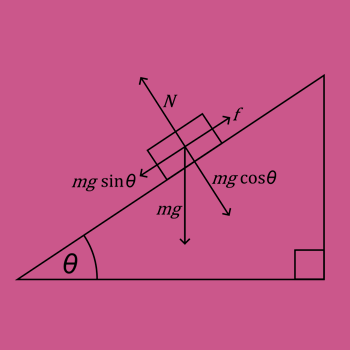What is the equation of the line normal to f(x)=xsqrtx-e^(sqrtx) at x=1?
1 Answer
Explanation:
Let's first find the y-value that corresponds with x = 1 on the function
Now, find the derivative of the given function to find an equation for the slope of the tangent line:
Substitute x = 1 to find the slope of the tangent line at that point:
The slope of the normal line at a point is the negative reciprocal of the slope of the tangent line at that point. In this case, the slope of the normal line is
We can now write the equation of the normal line:

